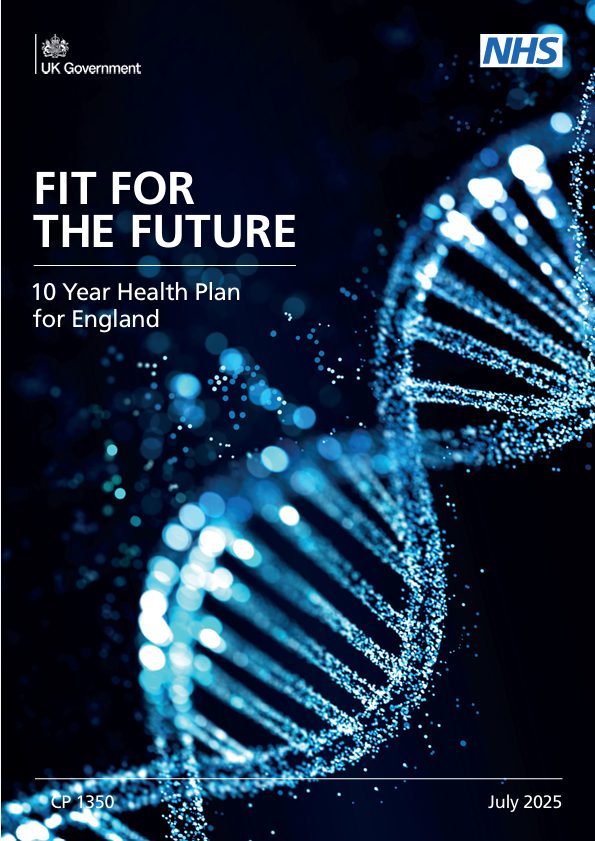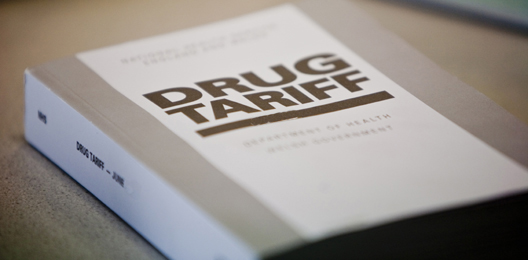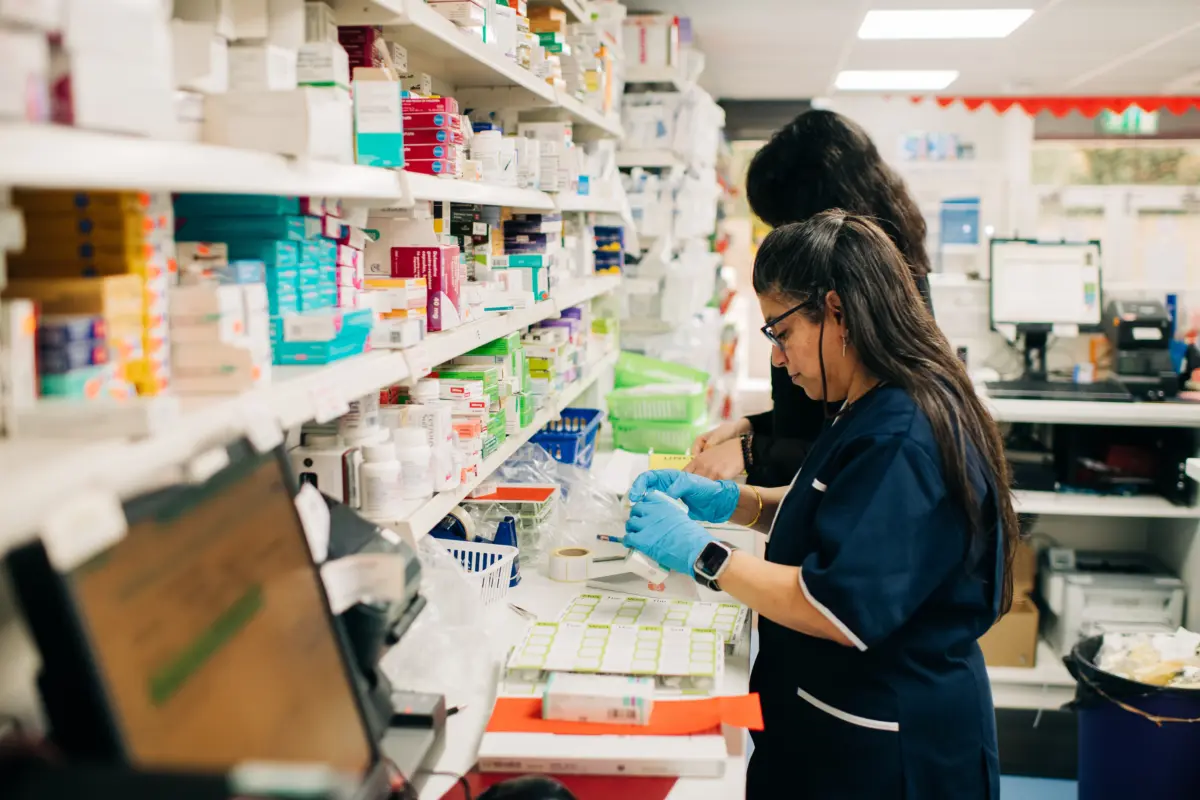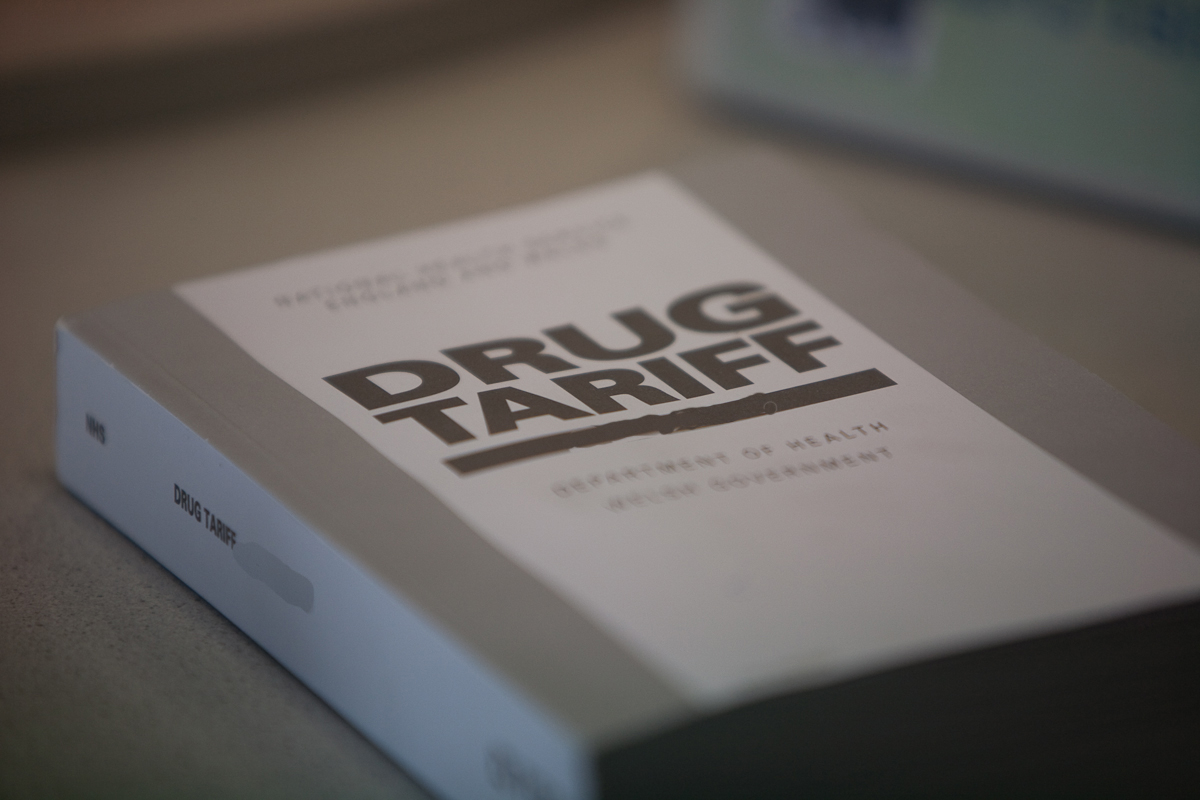Transitional Payment FAQs
Published on: 27th January 2023 | Updated on: 27th January 2023
The Department of Health and Social Care (DHSC) has decided to reduce the Transitional Payment to zero from February 2023. The following FAQs provide further information about the changes being introduced.
Q1. Why is the Transitional Payment diverting from what was announced in October 2022?
There was an announcement in October 2022 which outlined the planned trajectory for Transitional Payments, although the payment levels from January 2023 onwards were flagged as subject to change. This trajectory would have seen the Transitional Payment reduce in Q4 2022/23 to around 15% of the September 2022 level.
In later discussions with DHSC, Community Pharmacy England rejected any further Transitional Payment reductions in Q4 on the grounds of the ongoing funding crisis which is currently overwhelming pharmacy contractors. This meant December’s payment arrangements essentially rolled over into January instead of reducing further.
Following Community Pharmacy England’s refusal to accept a reduction, DHSC then determined that from February 2023 onwards, Transitional Payments would be set to zero to reduce any over-delivery of funding. Read our news article for more information, including Community Pharmacy England’s response.
Q2. Why do Transitional Payments have to reduce at all?
Transitional Payments were the temporary mechanism that was introduced at the start of the five-year Community Pharmacy Contractual Framework (CPCF) settlement in 2019/20, with the intended purpose of supporting contractor’s preparations for a more service-based role. These were funded from the ‘unallocated funding’ that was part of the CPCF funding envelope, i.e. funding that was intended to be delivered to contractors, but was not direct remuneration for any services or dispensing activity.
The amount of funding available within the CPCF envelope to fund the Transitional Payments has reduced over time. This was expected, as new services which have been introduced have had funding allocated from the previously unallocated funding.
The announcement that Transitional Payments would be phased down over the second half of 2022/23 was therefore consistent with the expectations for Transitional Payments to reduce over time.
Q3. If Transitional Payments will now be removed from February, does this mean that all of the ‘unallocated’ CPCF funding has been used up?
The latest analysis of funding delivery to contractors indicates that in 2023/24 there is unlikely to be any ‘unallocated’ funding. This is due to multiple factors such as:
- Introduction and growth of new clinical services;
- The creation of a new ‘Flat Payment’ in 2023/24; and
- Significant growth in prescription volumes over the last 2 years;
The latest data also indicates that it is likely that overall fee payments in 2022/23 will be in excess of the amount allowed by the CPCF agreement. This overspend is likely to be similar in magnitude to the fee overspend accrued in 2020/21, of approximately £25m.
This may have repercussions for funding delivery in 2023/24, however Community Pharmacy England will be seeking to minimise any disruptions to funding delivery in the coming year in discussions with Ministers and their officials.
Q4. Does the reduction to zero affect both the dispensing payment and service payment of the Transitional Payments?
From November 2022, it was announced that the monthly Transitional Payment would consist of two separate payments – a dispensing payment and a service payment. The dispensing payment portion would be dependent on item volume that month whilst the service payment would be calculated as a percentage of the contractor’s total advanced service payments in the previous month. Further details of how these are calculated can be found in this Community Pharmacy England article.
From February 2023, both the dispensing payment and the service payment will be set at zero.
Q5. What is the value of the Transitional Payment that pharmacy contractors will receive for January 2023?
It had initially been anticipated that in January Transitional Payments would reduce further, in addition to the reductions already implemented between October – December 2022.
However, in discussions with DHSC, Community Pharmacy England rejected any further Transitional Payment reductions on the grounds of the ongoing funding crisis which is currently overwhelming pharmacy contractors. This meant December’s payment arrangements essentially rolled over into January instead of reducing further.
Therefore, for the dispensing month of January 2023, the Transitional Payment arrangements will be the same as they were in December 2022. The table included in Part VIA of the Drug Tariff (section 5.3) referencing December 2022 will also apply to January 2023.
Q6. When will contractors feel the impact of the Transitional Payment reductions?
The Advance Payment pharmacies receive for the dispensing month of February 2023 will be based on their Average Item Value (AIV) from either December 2022 or January 2023, depending on whether they meet the criteria to receive the Early Advance Payment.
As such, the February 2023 Advance Payment will not take into account the reduction in Transitional Payments, i.e. it will assume the payment for February 2023 would have included Transitional Payments at the December 2022 / January 2023 level.
The final reconciliation payment for dispensing month February 2023 will be included on the Schedule of Payments received at the end of April, with the final Net Payment which incorporates the Transitional Payment reduction made into contractors’ accounts on or around 1st May 2023. Learn more about Advance and final Net Payments on our Understanding your FP34 Schedule of Payments webpage.
Q7. Is there any further information available regarding the new Flat Payment that pharmacy contractors will receive from April 2023?
As part of the funding settlement announcement for 2022/23 and 2023/24, it was agreed that a new ‘Flat Payment’ would be created which will be payable to all contractors who dispense at least 101 items per month.
The amount of funding allocated for this payment would be up to £70m in 2023/24. Final details of this payment have not yet been announced, however as an example if 11,000 pharmacies qualified to receive this payment, the funding would be worth approximately £530 per month to qualifying contractors.
Q8. I think the Flat Payment will be less than I was receiving previously in Transitional Payments, why is this?
The Flat Payment is not intended as a like-for-like replacement of Transitional Payments. The amount of funding allocated to the Flat Payment in 2023/24 is £70m, whereas for example the total delivered to contractors in Transitional Payments during 2021/22 was approximately £194m. Therefore, it is not expected that the Flat Payment will be a direct or equivalent replacement for Transitional Payments.
For more information on this topic please email comms.team@cpe.org.uk













